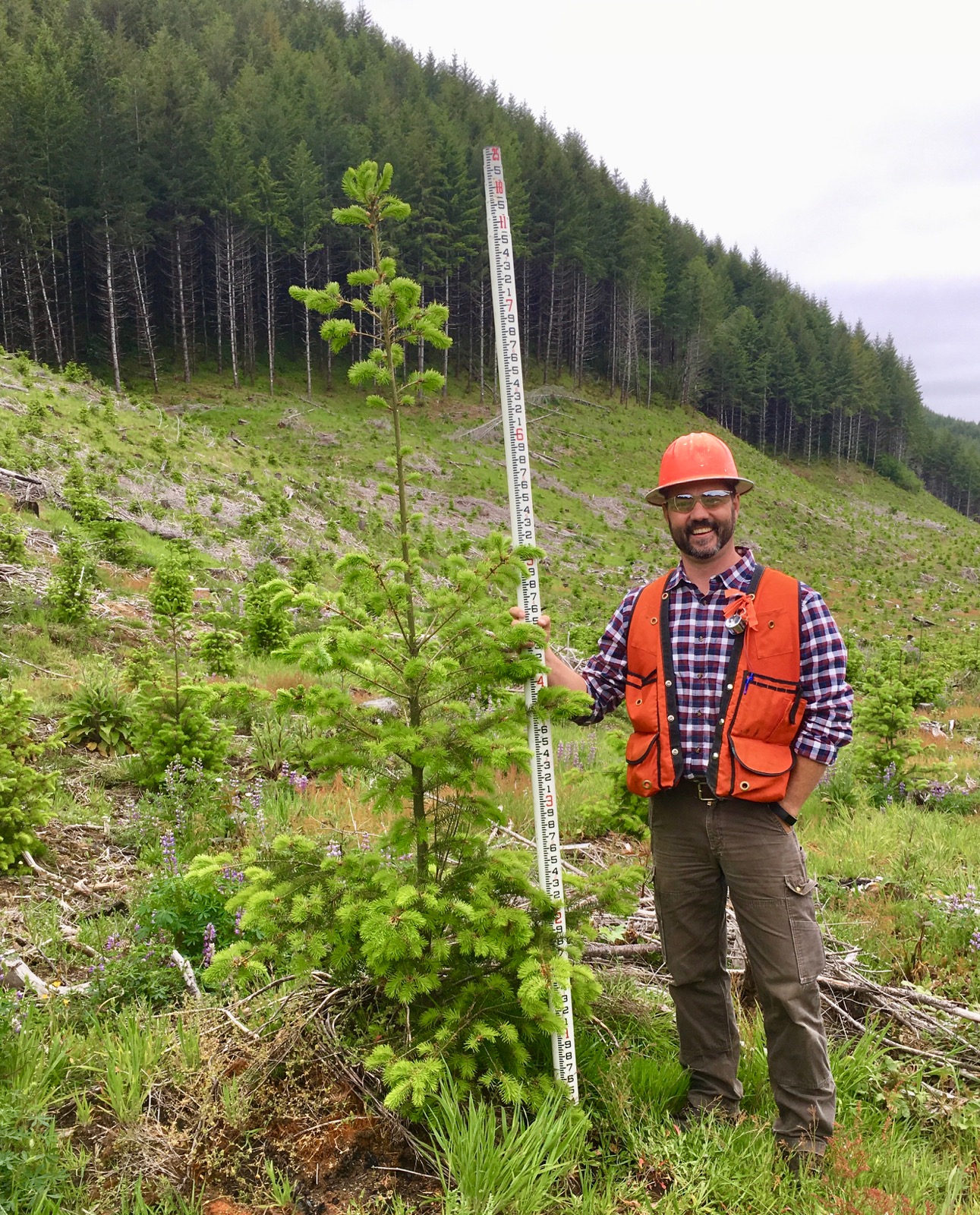As we kick off a new year with hopes of unity and progress, it is worth recognizing the significant changes to forest practices forest herbicide use.
Forestry professionals and environmental leaders worked together in a collaborative manner to craft new forest practices legislation that passed with nearly unanimous bipartisan support in the Oregon legislature last June.
Oregon’s new herbicides law
The law—parts of which went into effect January 1, 2021—significantly expands existing no spray zones for aerial (ie: helicopter) applications of herbicides on forestland to 300 feet from homes, schools and drinking water sources. It also directs the Oregon Department of Forestry to create the first electronic notification system for real-time communication of aerial pesticide applications, available to neighbors within a mile of planned applications. The bill also requires aerial applicators to submit post-application records to the Oregon Pesticide Application Record Center within 24 hours and supporting GIS (map) documentation within five business days. The forest industry professionals, including Hancock Natural Resource Group- A Manulife Investment Management Company, who worked together with environmental leaders on this new legislation support the outcomes described here.
Herbicides key to reforestation
Many forestland owners use herbicides to control weeds and brush, which may be noxious (introduced species not native to Oregon) that can out-grow newly planted trees and use up all the available sunlight and nutrients, or potentially cause the newly planted trees to perish. It is an important part of getting an area reforested quickly and successfully.
Aerial herbicide use by professional applicators is the safest and most efficient way of using herbicides. Typically, herbicides are only applied 1-3 times in a working forest’s 40-60 year lifecycle and at the minimum quantity to get effective control of weeds and brush.
Foresters take great care in using herbicides, ensuring applications are done in an environmentally sound manner that ensures the safety of our neighbors. As a reforestation forester, I take great care to ensure applications are conducted when safe to do so. This includes taking into consideration weather conditions so that applications can be done in a safe manner (ie: low wind speed, appropriate personnel on site).
State, federal laws protect waterways
In addition to Oregon’s new herbicide law (described above), forest herbicide use is subject to many other strict state and federal regulations. Discharge into streams or waterways is strictly forbidden. All forest applications are carefully planned, approved by the state, and conducted by licensed professionals. Further, every application is subject to compliance monitoring by the Oregon Department of Agriculture.
While forest herbicide applications have been thoroughly reviewed over the years, we foresters recognize our neighbors may have concerns. With the passage of this new law, Oregon has significantly expanded no spray zones for aerial applications of herbicides on forestland. The foresters who manage timberlands, like me, take our work very seriously. As a member of the community, protecting water quality is both a personal and professional priority.
We all expect a high level of rigor, thoughtfulness, and transparency when it comes to forest management. I hope this new set of regulations provides that to all who call Tillamook County home.
Jake Thiemens, Silviculture Area Manager, Hancock Forest Management
North Coast Citizen
Feb 22, 2021

Comments are closed